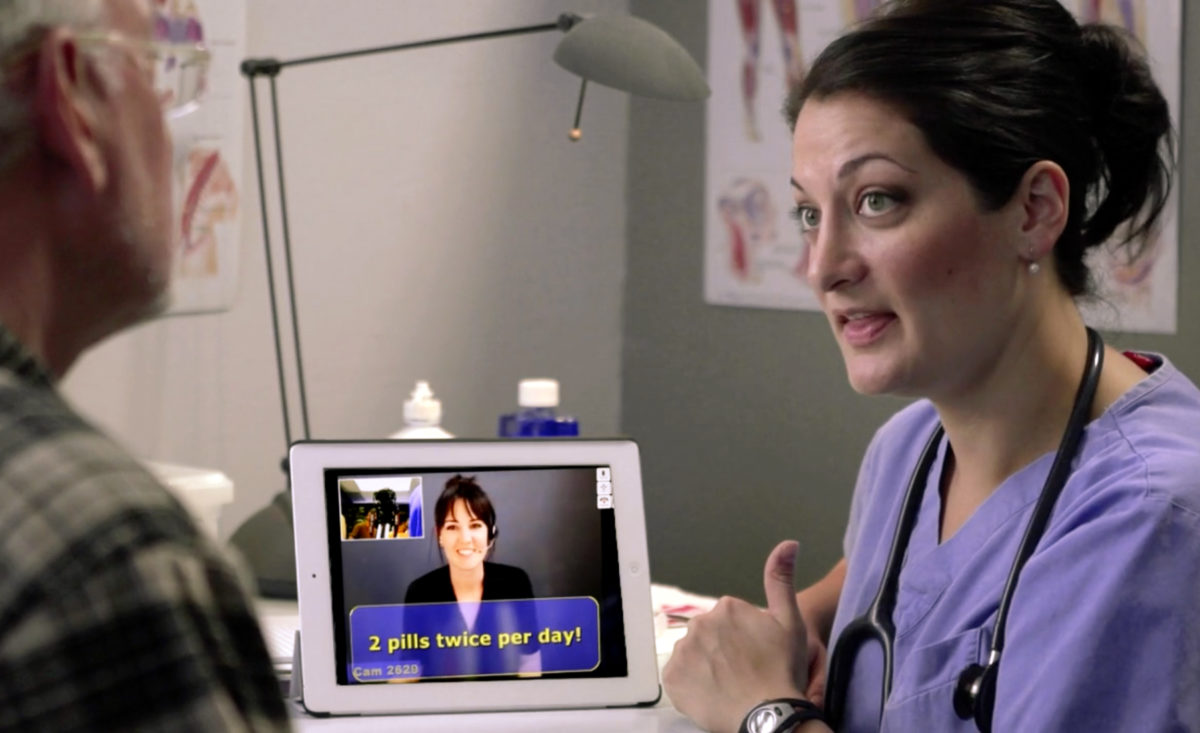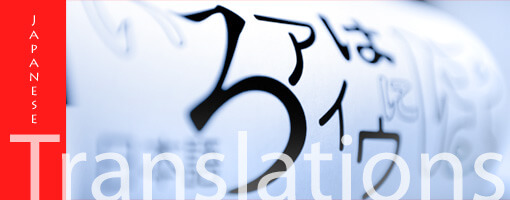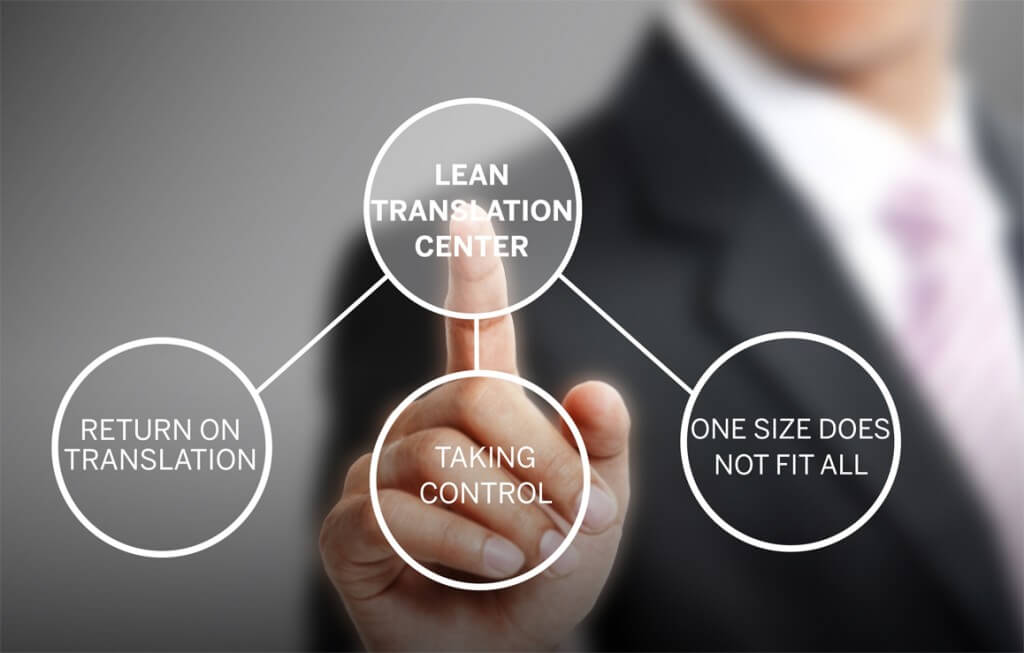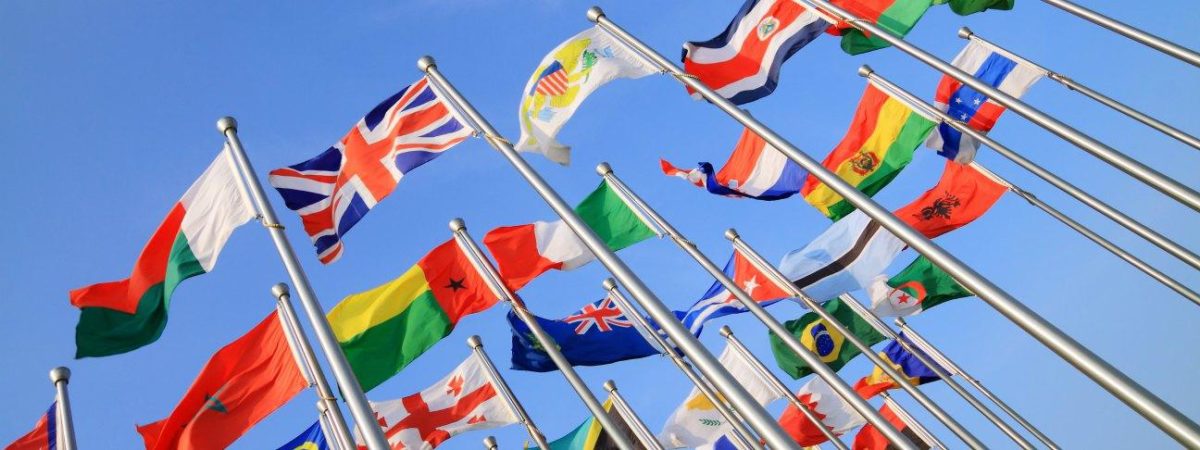Professional translation services in Australia have sprung up in every major city to cater to the demand for a huge range of document and website translation services. Part of this demand comes from the number of migrants, either temporary or permanent to Australia who need some, or all, of their important documents like birth, marriage certificates, qualifications and employment records translated by certified translation services to meet requirements for employment and immigration.
Probably more important in the long term is the increasing demand for translation services in Australia to meet the demand for the growth in global business. Many businesses right around the world have recognised that their potential profits could grow immensely as long as they could market their products and services in such a way that customers could understand exactly what was available and why they should buy them.
Not so long ago, the general attitude of many nationally based businesses was they should confine themselves to dealing with customers at home, as the prospect of trying to communicate with potential customers overseas seemed to be too difficult.
The growth of electronic communication and the almost global access that most of the world’s citizens have to the internet has changed the commercial environment completely.
Now, a Chinese business can sell to the world, whether it has business partners elsewhere in the world or not. However, it is unlikely to be very successful unless what they are selling is understood by the millions of people who cannot understand Chinese!
The same story is repeated right around the world. Australian businesses that wish to sell to the world must use translators who are experienced in the field that the business is involved in. Similarly, Australia and the Pacific Rim countries are important markets for hundreds of businesses elsewhere in the world. Many of them have their bases in nations where English is not the main language, so again these businesses must use professional translators to translate their websites, marketing material, legal documents, business documents and so on.
Most businesses would be wise to choose certified translation services such as NAATI accredited translators in Australia to guarantee that the translation services they use are of an acceptable standard.












